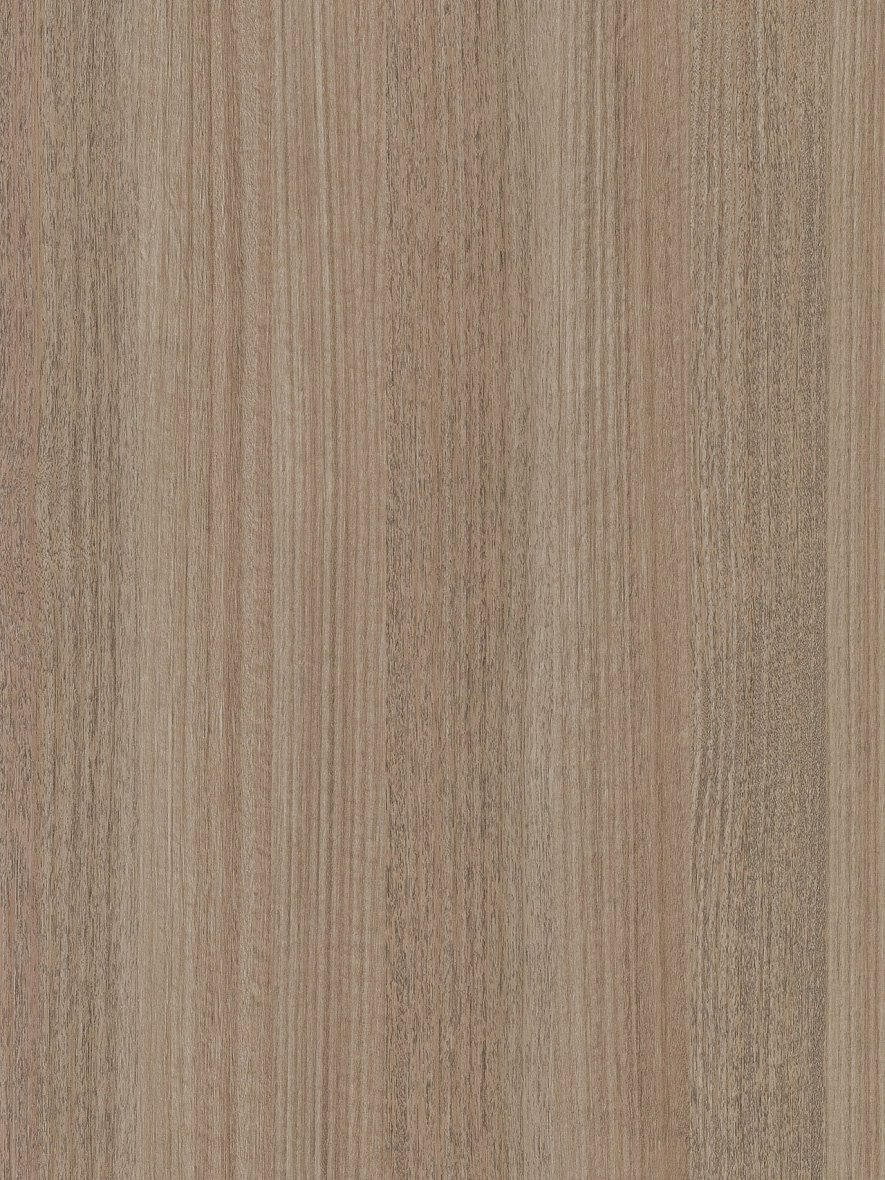Cabinetry Finishes
With hundreds of specialized finishes at your disposal, from meticulously crafted wood stains to advanced lacquers and textured laminates, selecting the ideal finish for your project is a precise art.

hp noir boxcar blonde

hp noir olive detour

lp bodrum

lp honeycomb oak wfl

lp master oak light natural

lp natura omnia

lp sable sabia

lp samui 3

lp sand molina ash

lp smoky oak

lp vicenza oak

lp yosemite bronzato

mdf-chantilly lace gloss

mdf-collingwood gloss

mdf-poolhouse matte

mdf-pure white gloss

mdf-rockport gray gloss

mdf-saybrook sage matte

mdf-waterloo matte

quarter sawn walnut-brafferton

quarter sawn walnut-hanson

quarter sawn walnut-natural flat

tyrol cashmere flat

tyrol dust grey flat

white rift oak ven-dark smokewood

white rift oak ven-driftwood

white rift oak ven-jordanwood

white rift oak ven-licorice

white rift oak ven-natural flat

white rift oak ven-pebblewood
A Quick 101 About Millwork Finishes
Lower Pressure Laminate LPL, also known as Melamine, is produced by direct pressing at 300 to 500 PSI, typically bonded to craft wood or particle board. This process results in a cost-effective and easily manufactured product, available in a wide range of solid colors and simulated wood textures. LPL is commonly used for slab or flat door styles.
High Pressure Laminate (HPL) is made from multiple layers of kraft paper and resin, pressed under significantly higher pressure, resulting in a more durable material compared to LPL. Typically used for slab or flat door styles, HPL also offers advanced features such as thermal healing capabilities and antibacterial properties in some variants.
Painted / Lacquer Finishes, are highly versatile and customizable, making them a popular choice for millwork. The multistep lacquer process allows for different sheen levels, ensuring a consistent and long-lasting finish through precise spray and curing applications. These finishes can be tailored to any door style or profile and are easily customizable with a wide range of colors from industry standards like Benjamin Moore, Sherwin-Williams, or Farrow & Ball.
Solid Wood / Veneer Finishes are deeply rooted in millwork tradition, offering the ability to be crafted into various door profiles and textures. These finishes can be made from a wide range of wood species, including oak, walnut, maple, hickory, cherry, and ash. The appearance and grain patterns of the wood are influenced by how the tree is cut, milled, laid, and stained, resulting in aesthetically diverse and durable finishes.
Metal frames or aluminum-edged profiles are commonly used in modern cabinetry designs. They are ideal for creating recessed profiles in handleless applications and serve as strong, rigid substrates / frames for incorporating stone, metal, or glass into cabinetry.





